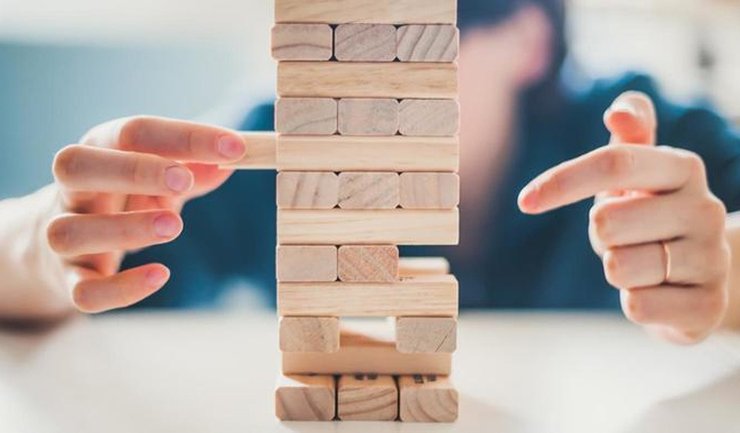MIT engineers decided to teach a robot to play the Jenga board game to see if the robot arm can learn from its physical interactions with objects.
It turns out that this is possible, albeit slowly. Researchers at the Massachusetts Institute of Technology have released a study and time-lapse video of an ABB standard robot arm playing Jenga.
While a robot may seem better equipped than a human player for staying calm while trying to rip tiny wooden blocks from their fragile structure, the process of deciding which block to try could open up a whole new world of manufacturing possibilities.
The research team equipped their robot with a grab, force sensor and camera, and then conducted about 300 attempts on the Jenga tower.
The computer recorded whether the attempts were successful, and the robot developed a model to predict the behavior of other blocks based on visual and tactile measurements.
In the end, the robot could gently nudge the Jenga tower in search of vulnerable parts - and even play against several human volunteers.
Researchers, however, are more interested in how robots can apply physics lessons to new tasks, such as separating recyclable materials from garbage or collecting components in electronic devices.





